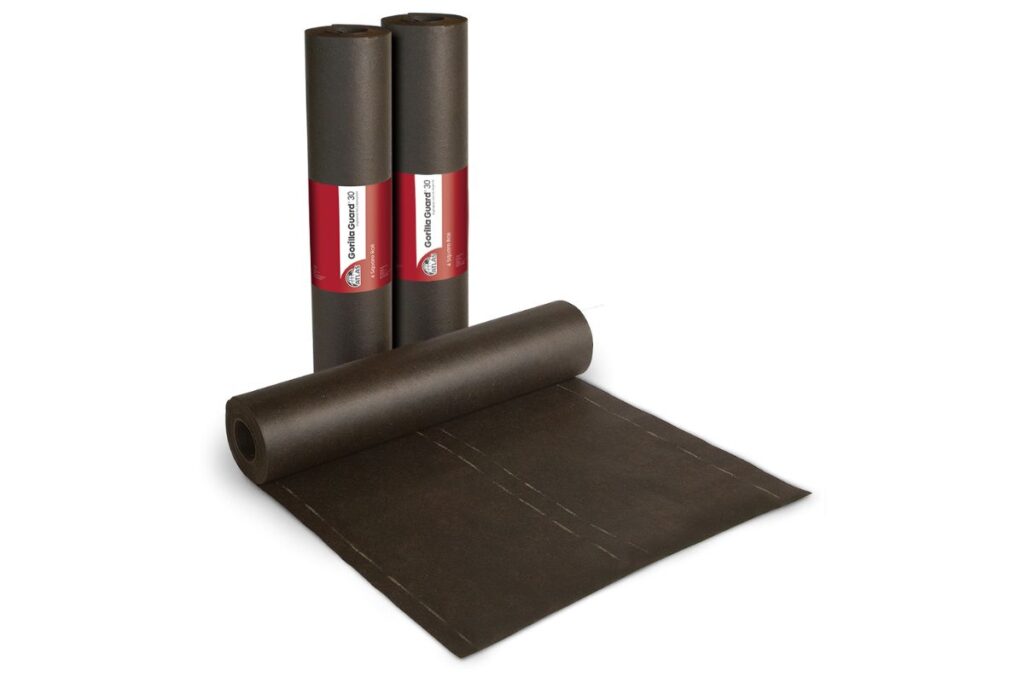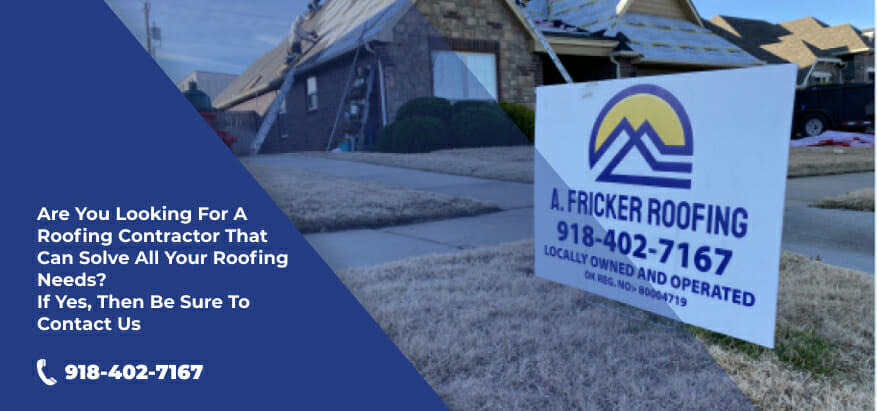Underlayment is the second layer of protection against water infiltration and the elements. However, if it remains exposed to the weather and rain, it can lead to many roofing problems down the line. Therefore, homeowners should take the necessary actions to prevent future problems.
If you’ve been wondering, “How long can roof underlayment be exposed?”, then this blog post is for you. We’ll discuss the problems that can occur when roof underlayment remains exposed for a long time. Continue reading till the end to become well-informed on your roofing system and how to keep it in good condition.
The Ideal Amount Of Time Roof Underlayment Can Remain Exposed
The amount of time roof underlayment can be exposed depends on many factors, and the underlayment’s material composition is one of them. The material quality of your underlayment is a determining factor in how long it will work without being damaged.
1. Types of Roof Underlayment
Now that you know that the material composition of underlayment determines how long it can be exposed, let’s take a look at different types so you can identify your roof underlayment. Though many types of underlayment are installed on roofs, the following are the most popular ones.
a. Asphalt-Saturated Felt

Asphalt-saturated, or felt paper, underlayment is made from organic or fiberglass mats saturated with asphalt. The asphalt provides waterproofing properties and helps to protect the roof from water infiltration. Asphalt-saturated underlayment is designed to be a temporary barrier and covers the roof relatively quickly.
However, this type of underlayment can’t be exposed to weather and rain for a long period of time. If you are installing a new roof or replacing existing shingles, felt roof underlayment can only remain exposed for up to a few weeks, no more than that.
b. Synthetic Underlayment

Unlike traditional felt paper, which is made from organic materials, synthetic underlayment is composed of polymer-based materials like polyethylene or polypropylene.
Synthetic roof underlayment offers excellent durability and resistance to tearing, wrinkling, and rot. Lightweight and easier to handle, it also has superior UV resistance, allowing it to remain exposed to the elements for longer periods without degradation.
But how long can synthetic roof underlayment be exposed? Many synthetic underlayments are designed to withstand exposure for extended periods, often ranging from 60 days to 6 months or more, depending on the manufacturer’s specifications.
Also Read: Synthetic Underlayment vs. Felt Underlayment: Which Is Right For Your Roof?
Other Determining Factors For How Long Roof Underlayment Can Be Exposed
Regardless of the type of roof underlayment, other factors have an impact on the material’s durability, weather resistance, and performance.
1. Your Local Weather
Your regional weather conditions are a determining factor in how long your chosen roof underlayment can be exposed. If you experience torrential rain, frequent snowfall, and direct exposure to the sun, it can affect the durability and resistance of your underlayment. Though synthetic underlayment is durable and resistant to weathering, leaving it exposed for a long period of time can create a cause of concern for the roof’s integrity.
2. How Long The Underlayment Has Already Been Exposed
The duration of roofing projects can vary greatly, ranging from a few days to a few weeks. This can leave the roof’s underlayment exposed for an extended period of time, which may be a cause of concern for homeowners.
For instance, synthetic underlayment is designed to remain exposed for up to six months without damage, while felt underlayment is only able to remain exposed for a few weeks before suffering damage. Therefore, it’s crucial to consider the proposed timelines for a roofing project before deciding on which roof underlayment to choose.
3. Manufacturer’s Recommendations
While certain types of underlayment may have extended exposure ratings, exceeding the recommended limits could significantly impact its performance.
Failing to adhere to these exposure limits could lead to premature deterioration, reduced durability, and decreased effectiveness in protecting your roof from moisture and other environmental factors. Therefore, it is highly recommended that you always follow the manufacturer’s guidelines for optimal performance and longevity of your roof underlayment.
Problems Related To Exposed Roof Underlayment
1. Increased Risk of Roof Leaks
The chance of roof leaks occurring is increased when roof underlayment is exposed for any duration of time. Even minor defects or vulnerabilities in the underlayment can allow water to infiltrate the roof’s structure, leading to costly repairs and potential interior damage. Therefore, it is essential to take preventive steps to stop the potential leaks.
2. Wind Damage
Strong winds can lift and displace exposed roof underlayment, leaving areas of the roof vulnerable to water intrusion. Additionally, debris carried by high winds can cause tears or punctures in the underlayment, further compromising its ability to keep water out.
3. Mold and Mildew Growth
Moisture trapped beneath exposed roof underlayment provides an ideal environment for mold and mildew to thrive. This fungal growth not only compromises indoor air quality, but can also cause structural damage and pose health risks to homeowners.
Final Thoughts
Roof underlayment is tough enough to handle the elements during installation. But if left exposed for a long period of time, it can cause a lot of problems. From moisture seeping in and UV damage, to mold growth and wind damage, there are many risks. That’s why it’s essential to cover it soon after installation, whether with a roof tarp or with your chosen roofing material. By doing so, you’ll protect your roof from water damage and prolong its lifespan, keeping your home safe and secure.
Contact A. Fricker Roofing and Waterproofing In Tulsa, OK, For Your Roofing Needs
Exposed underlayment can streamline many roofing problems, making you pay even more for repairs or replacements. Therefore, it is essential to take the necessary precautions to prevent future problems beforehand. If you are installing a new roof or replacing existing shingles, contact our team of professional roofers at A. Fricker Roofing and Waterproofing. Our company’s skilled roofers can proficiently handle any roofing project, be it a new roof installation, complete roof replacement, or roof repair. Contact us today at (918) 402-7167 to speak with one of our experts.

